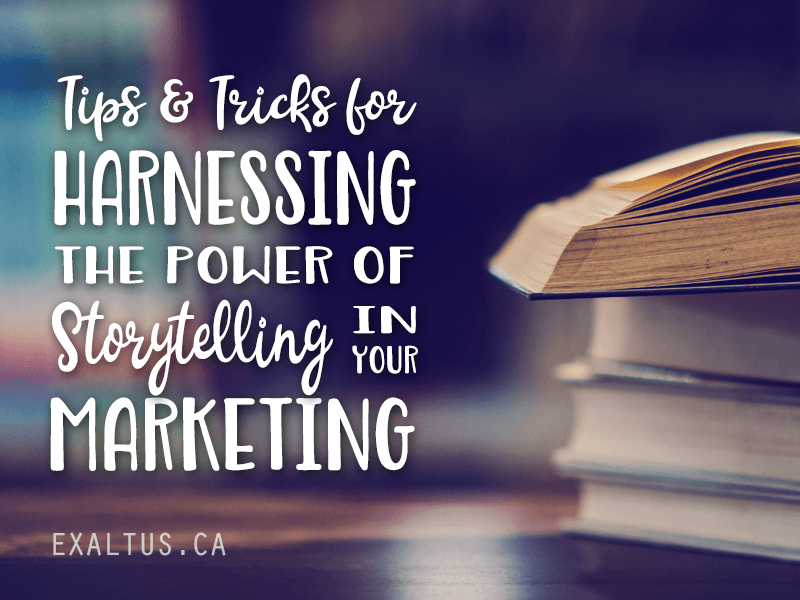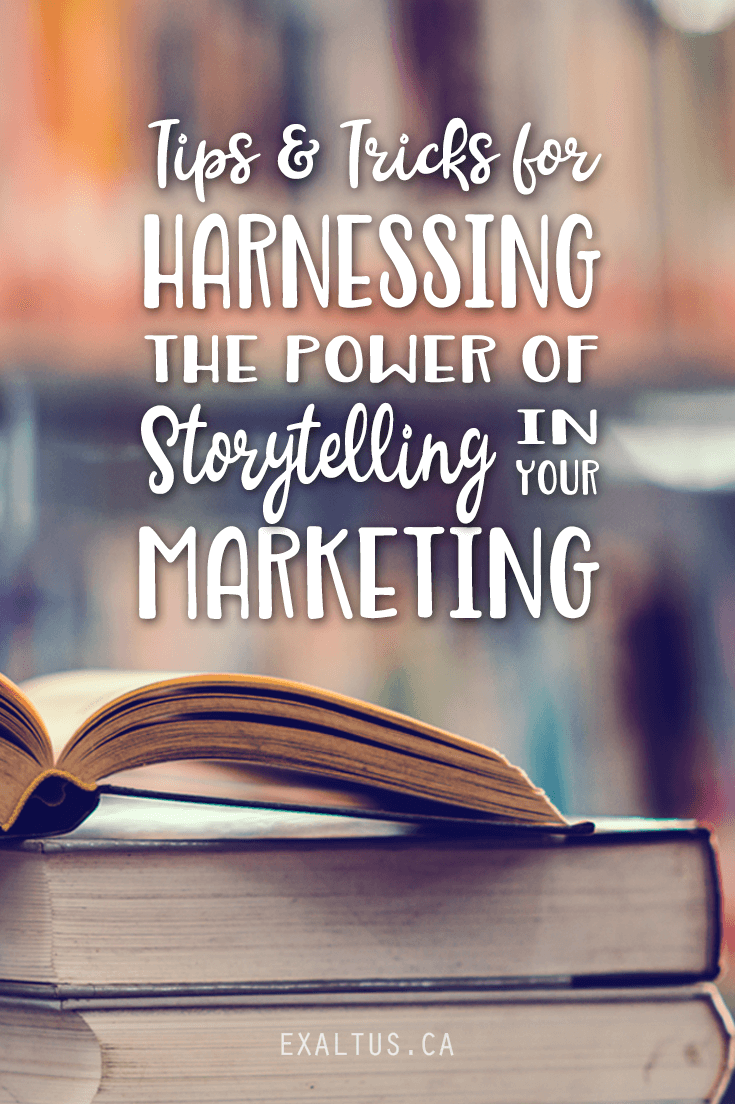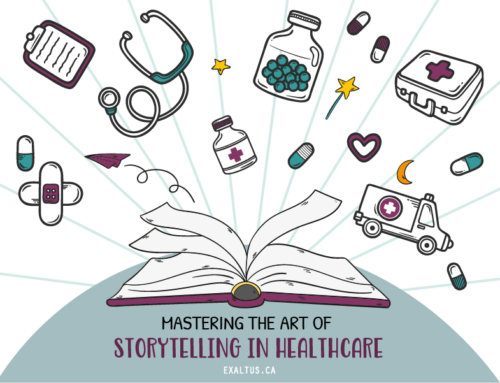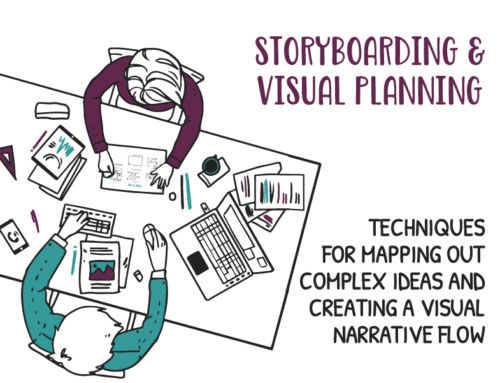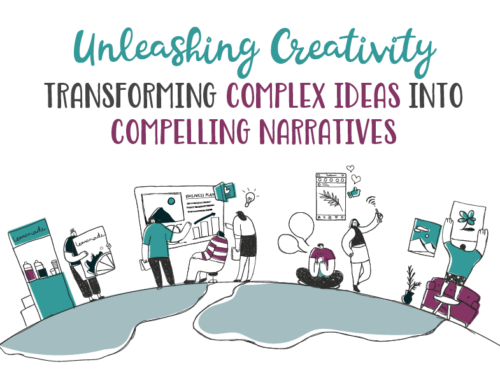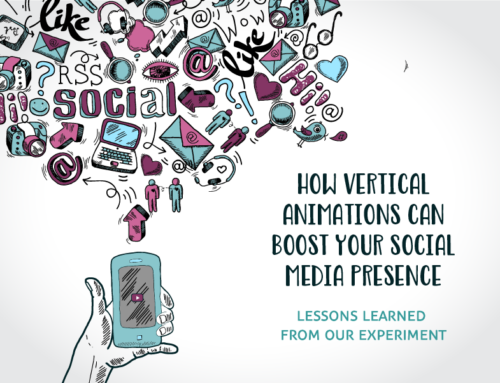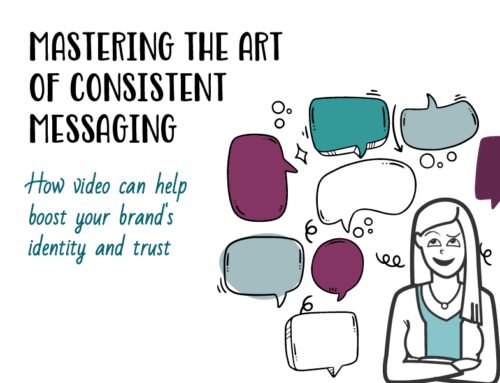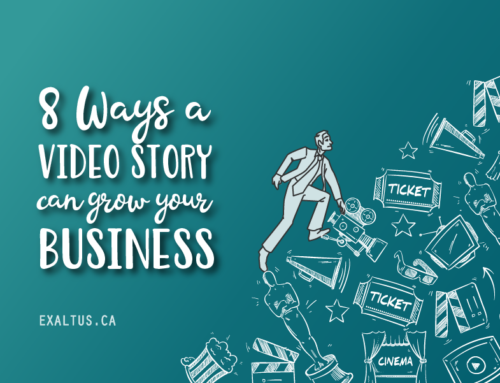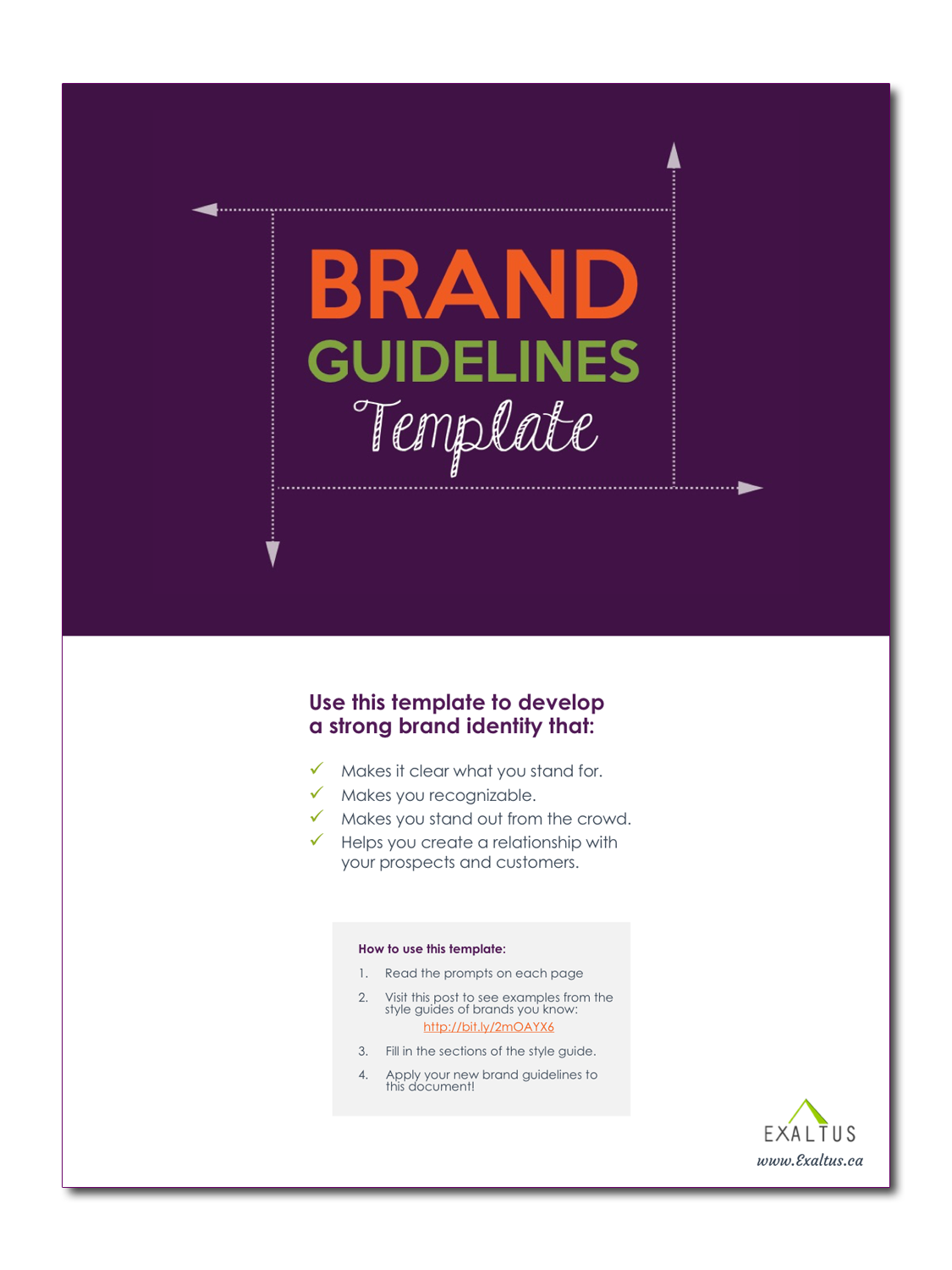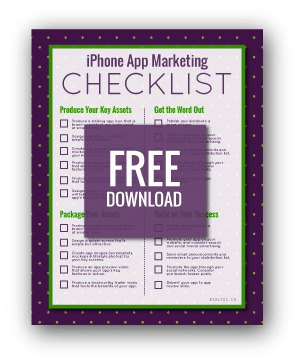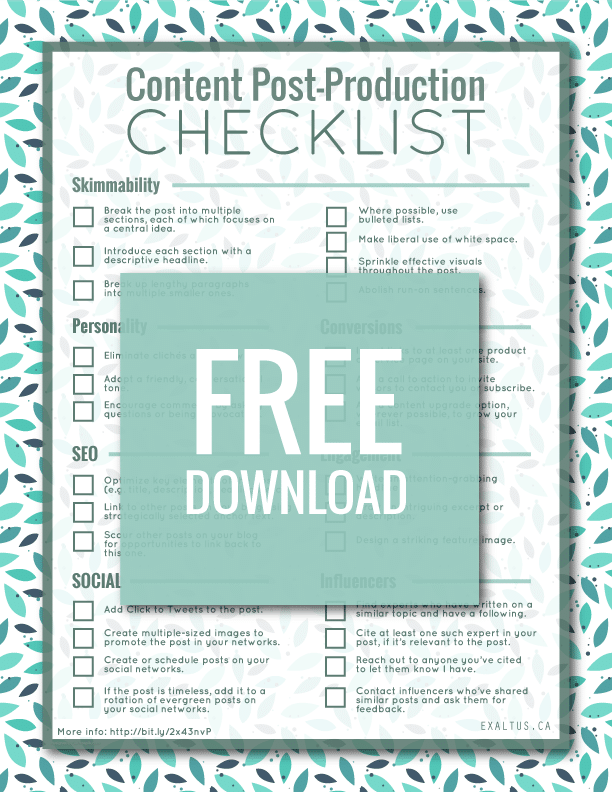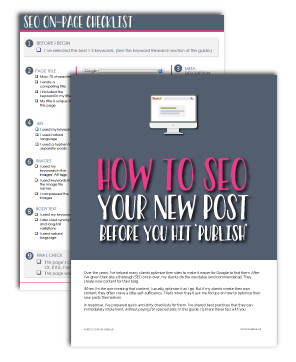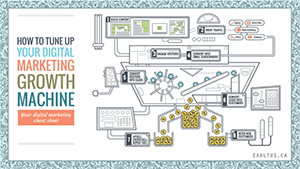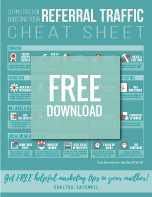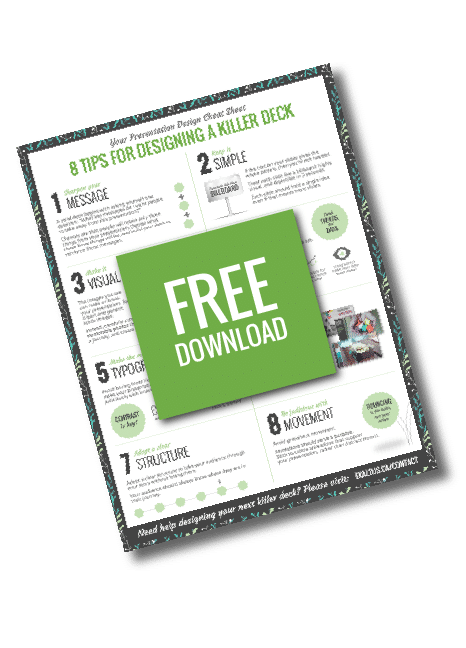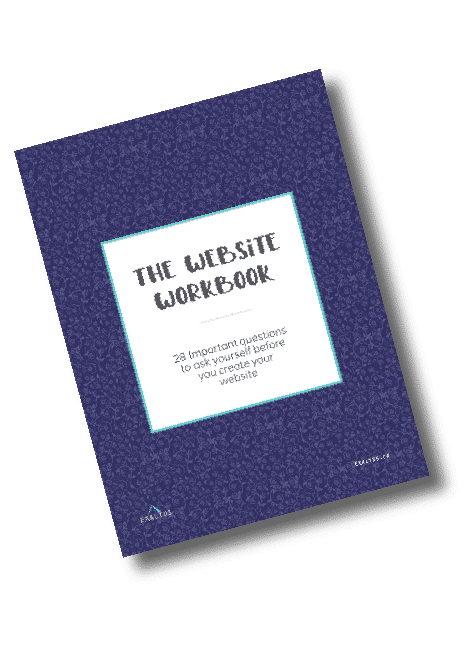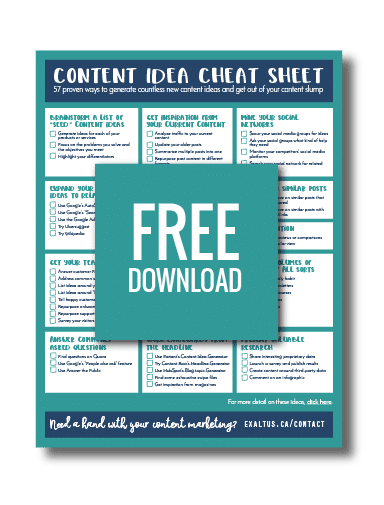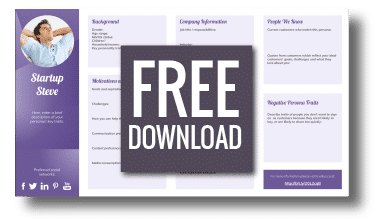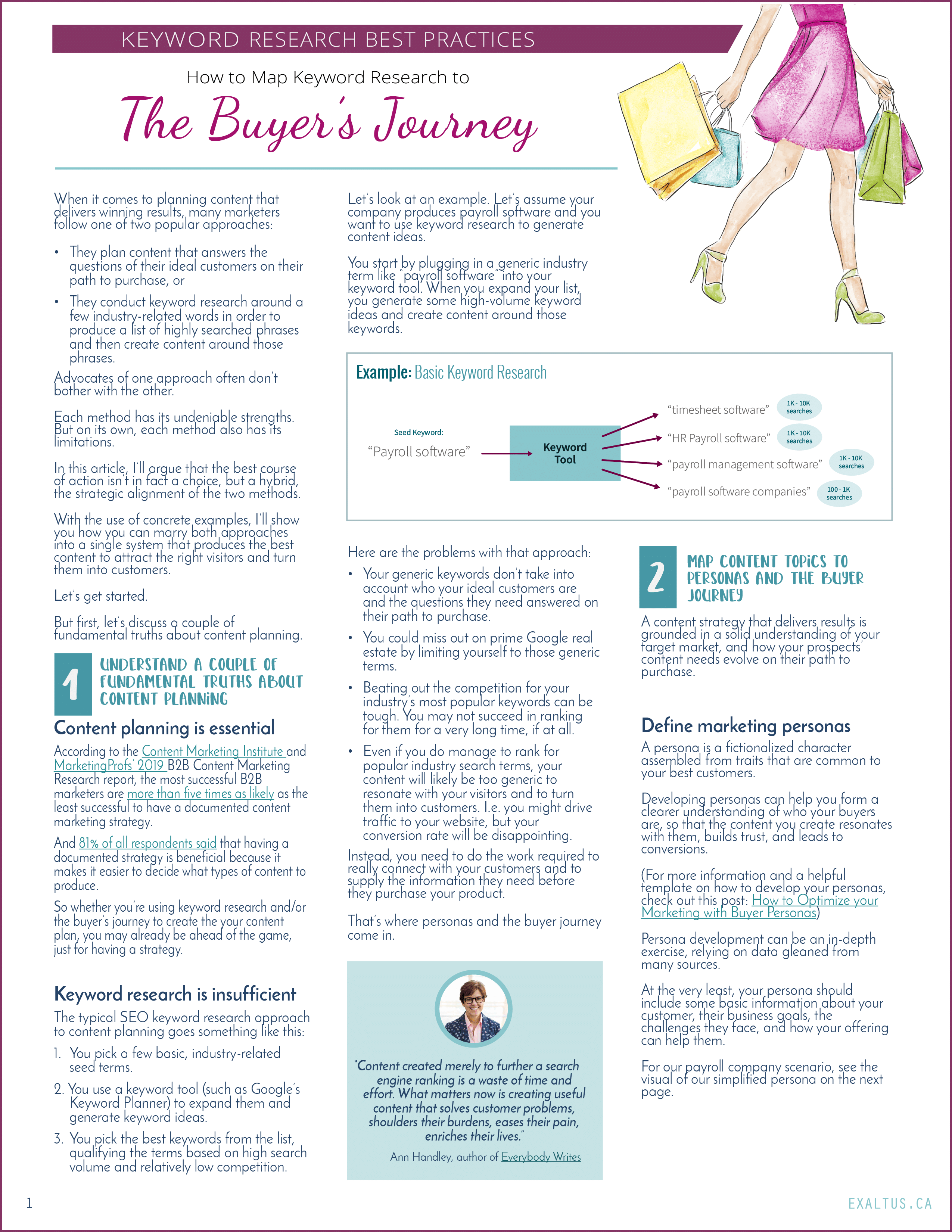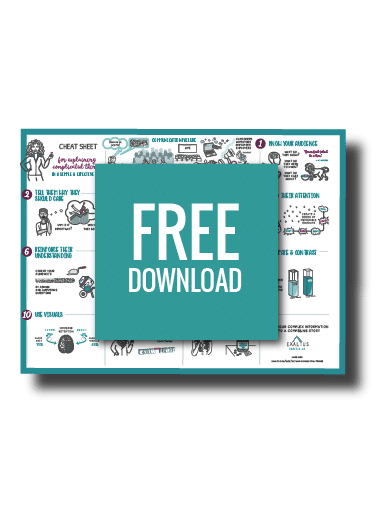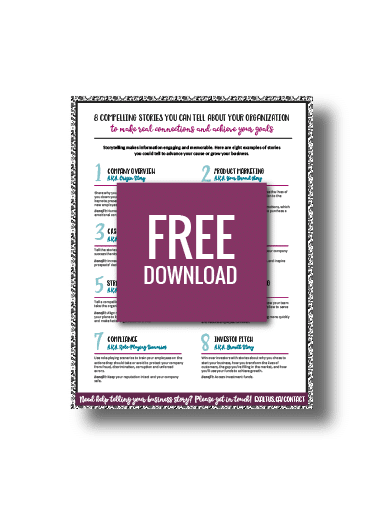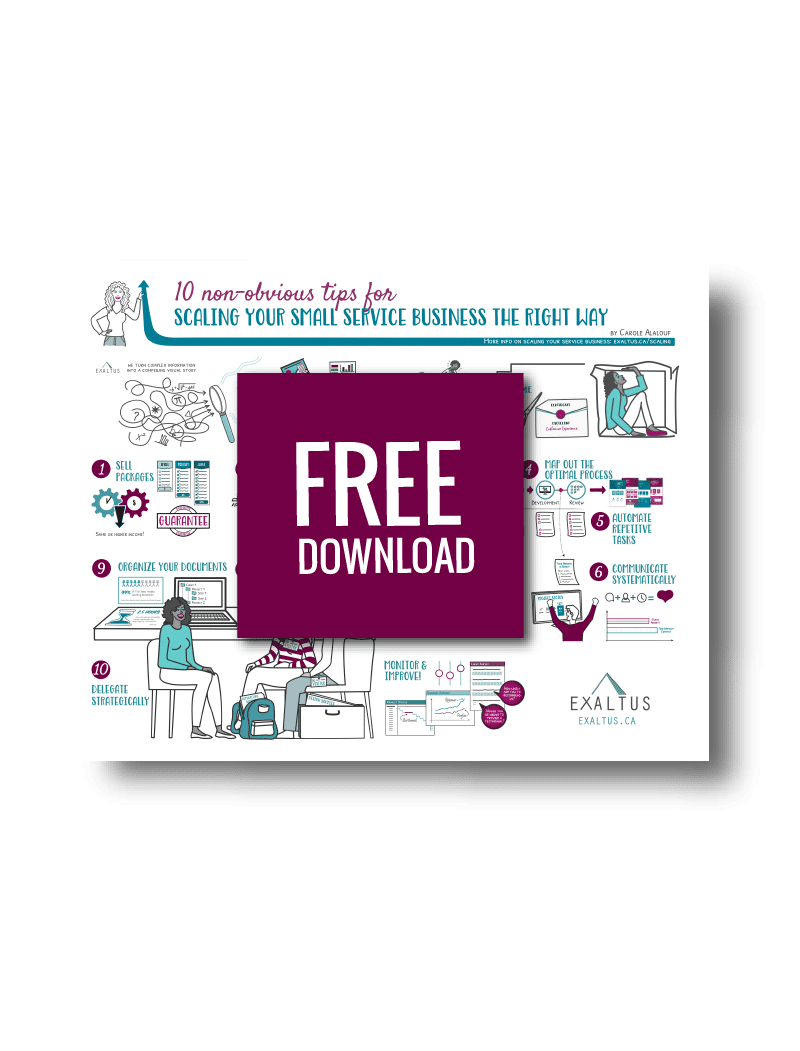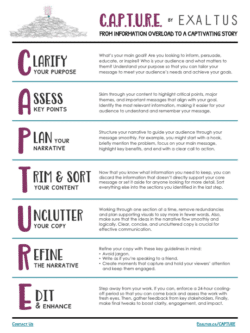What if the secret to cutting through today’s information overload wasn’t more data, but a powerful story?
Stories are how we connect, inspire, and persuade people to act—are you using them to their full potential?

The importance of storytelling in business
Today, we all suffer from information overload. Good storytelling can cut through the clutter, capture our fragmented attentions, engage us, and move us to action.
By using the power of storytelling, you can increase engagement, build emotional connections, and drive conversions. Whether you’re launching a campaign or introducing a new product, stories help turn prospects into loyal customers.
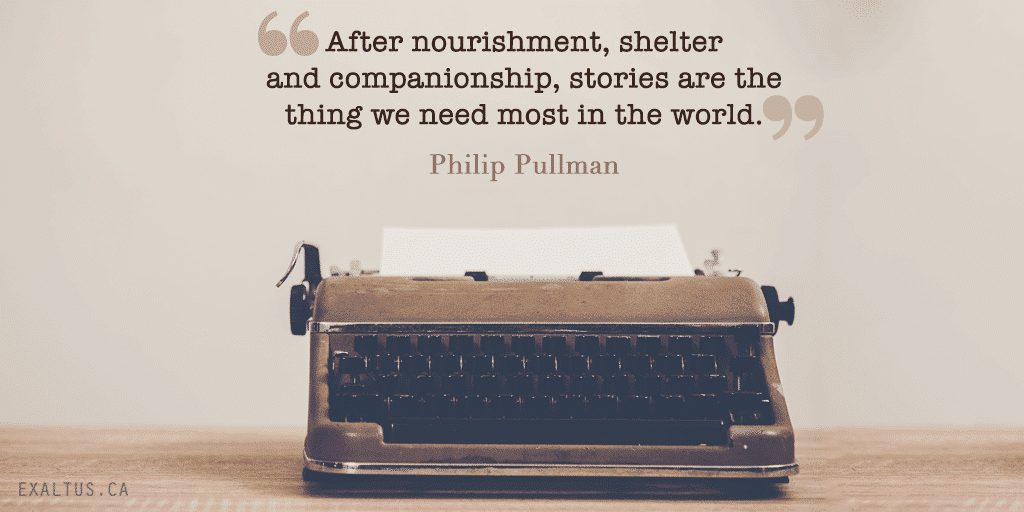
6 Types of stories you can tell
If you pay attention, there are many types of stories to tell around your business. Here are just a few examples:
1
Tell your own story
2
Tell your customer’s story
If you want to show of the value of your offering, case studies showcasing actual results can be tremendously effective, especially when you frame them as a story:
- Introduce your customer as your story’s hero.
- Describe the problem they were facing.
- Outline the solution you provide
- Paint a picture of the results your customer obtained as a result
Check out my tips on how to write the perfect case study in 6 simple steps.
3
Tell your product story
A great story can help you drive sales. Craft a story around each of your products, the problem it solves and the results it delivers.
In this explainer video we created for Enthalpy, we make a case for the importance of successful onboarding before we delve into software’s features and benefits.
4
Share employee stories
If you’re looking to expand your team, showing off an outstanding company culture can be your best move. Senior management can rave about the company culture until the cows come home but nothing strikes a more authentic chord than hearing from the employees directly.
Apple’s corporate recruiting video is an excellent example.
Share employee stories
If you’re looking to expand your team, showing off an outstanding company culture can be your best move. Senior management can rave about the company culture until the cows come home but nothing strikes a more authentic chord than hearing from the employees directly.
Apple’s corporate recruiting video is an excellent example.
5
User-generated content
Your customers may have interesting stories to tell around your product. And those stories can be more believable, coming from theme, than the narratives you put out yourself.
In fact, studies show that 50 percent of millennials trust user-generated content more than other media. Capitalizing on user-generated content can be as simple as sharing stories your customers post around your product, along with a hashtag you create for the occasion.
For a brilliant example by Freshly Picked Baby Moccassins, just search Instagram with the #fpmoccmemories hashtag.
6
Use data to tell a compelling story
Let’s face it, we’re not all data scientists. You may be sitting on a goldmine of data that is interesting to you … but will make your audience’s eyes roll back into their heads. There’s an art to storytelling with data. Try your hand at telling a good story with data:
- With a whiteboard video like this one about the modern Canadian family
- With an infographic (like this one about the state of female entrepreneurship)
- With an impactful financial presentation
Ready to elevate your communication and see immediate results?
Let our award-winning storytellers transform your message into a powerful tool for action.
Choosing the right medium for telling your story
In business and marketing, you have a number of different options for telling a captivating story, including:
- Blog posts
- Presentations
- Videos
- Social posts
- Infographics
Try not to default to the same content type without asking yourself a few key questions, such as:
Which formats does your audience prefer?
Do your ideal customers prefer reading an article, watching a video, or meeting you face to face? Your communications strategy should mirror their preferences. These attributes should be part of the buyer personas you develop to optimize your marketing.
How much time with your audience will the medium give you?
You can’t tell the same story in a 30-second TV spot as you could in a 3-minute explainer video or during an 18-minute Ted talk. Choose the medium that will allow you enough time to do justice to your story.
What is your budget?
Writing a blog post that tells your story is almost always going to be more affordable than producing a presentation or whiteboard video. If you’re strapped for funds, a blog post is usually a no-brainer. But think of the impact your visual story will have. Adding in visuals, motion and sound can make your story more engaging and memorable and be well worth the investment.

Business storytelling techniques
Honing the art of storytelling takes time and experience. Here are a few quick tips to keep in mind.
Be clear on your goals
To tell a good story, you first have to be crystal clear on your objectives. How do you want the audience to feel at the end? What conclusions do you want them to draw? What actions do you want them to take?
Make the hero of your story relatable
Paint a clear picture of their goals and and the challenges they face to reach their goal.
Don’t always start at the beginning
Not all great stories start at the beginning and build chronologically. Try to set the scene in a way that hooks your audience from the start.
Sometimes, the best way to create immediate interest is by opening the story at a pivotal point in the story. Check out how I used that storytelling technique in my own origin story:
Be authentic and conversational
To craft stories to really connect with your audience, lose the business buzzwords and marketing speak, and opt for plain English instead. A good test is to read your text out loud: does it sound like the way you would actually speak? If not, then an edit might be in order.
Tap into emotion
If you can’t connect emotionally with your audience, you’re unlikely to make an impact. Here are some tips for making the most of emotional storytelling.
Make written stories skimmable
Like it or not, but fewer and fewer of us will take the time to read long paragraphs of text. Use bullets, shorter paragraphs and lots of headings.
Use visuals
Images and videos are powerful attention grabbers. Make sure to incorporate them as much as possible in your business storytelling. Need more convincing about the power of visual storytelling? Check out this infographic with stats about visual marketing.
Over to you
Which compelling stories have powerfully impacted your impression of a brand? Have you discovered interesting stories to tell about your own business? Have you mastered the art of effective storytelling? We’d love to hear all about it in the comments.
And if you need help from a professional storyteller, please contact Exaltus. We’d love to tell your story! Our award-winning whiteboard animated videos are evidence backed by an independent study. Please check out some of our recent whiteboard animation examples, or get in touch for a free consultation. You can also sign up to our email list to receive fresh communication and storytelling tips in your inbox every month.

